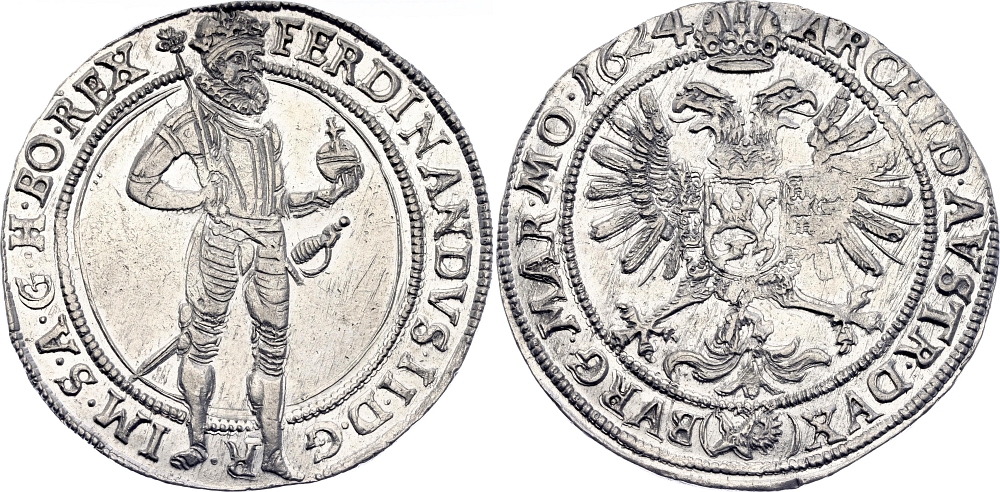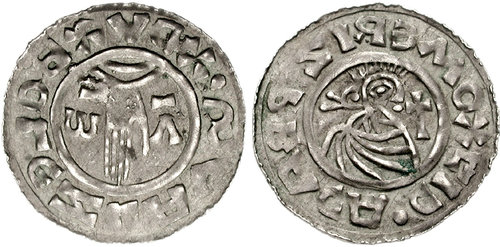Top Reasons On Numbering Prague Mint Medals
Top Reasons On Numbering Prague Mint Medals
Blog Article
How Can A Model Of A Plaster Be Utilized As A Physical Representation To The Gold Coin?
The process of creating a plaster mold, or "maquette" that is based on a gold coin or medal design involves several steps to transform the two-dimensional model into a 3D physical representation. The initial Design Reference- The artist or designer takes the gold coin or medal design as a reference. This design can be drawn with a pencil or pen, or a representation created using graphics design software. Other materials, like wax or clay, may also be used.
Plaster preparation: Water is added to the plaster in order to make it workable. It is essential that the mixture be smooth, free of lumps and uniform to create the mold.
The Base- A base or platform is prepared in which the maquette is created. The base could be an unfinished wooden surface or a board.
The Maquette is created using the gold pattern as a template. This involves shaping plaster into a three-dimensional or relief representation of the coin.
Detailing and Refinement- The artist is focused on bringing in details and refinement of the contours and ensuring the accuracy of the proportions and features of the artwork. This stage involves the utmost precision and attention to the specifics.
Allowing time for drying and setting After the sculpting procedure is complete, the plaster needs to be allowed to set and dry. The maquette will set and retain its shape.
Finishing and Smoothing- After drying, the surface of the maquette is smoothed, then refined to remove bumps, imperfections, or rough areas.
Sealing and Preservationto preserve the maquette and prepare it for future processes like scanning or molding A sealant or a protection layer could be applied to the surface.
The final plaster maquette functions as a tangible three-dimensional representation for the gold coin design or medal. The plaster maquette is used to design molds for mass production and also as a reference material to guide other steps of the manufacturing process. Take a look at the top Prague Mint gold medals plaster molds site tips. including gold bullion cost, krugerrand coin, american buffalo coin, one ounce gold bullion, gold dollar coin 2000, gold & silver bullion, american eagle gold coin, st gaudens gold coin, british sovereign gold coin, canadian gold maple leaf and more. 
How Do Highly Skilled Engravers Enhance The Appearance Of Gold Medals Or Coins?
Working on the die, or the hub that works Highly skilled engravers are able to modify and improve the look of gold coin or medal. They can enhance intricate details and improve the design by applying their expertise. See how they did this Evaluation of Working Hub.
Engravers first examine the hub or die made from the hub that was originally created by Janvier. They examine the transfer's quality and the depth.
Correction of Imperfections
Engravers will address any imperfections or inconsistencies within the design they transfer. They can employ precision tools to rectify minor errors, adjust depths, or refine certain elements to ensure consistency and accuracy.
Enhancing Details
Using specialized engraving tools like gravers, burins or pneumatic engraving equipment skilled engravers create elaborate detail to the designs. Engravers cut into the surface of the hub to create intricate patterns, textures, letters, and intricate designs as required by the style.
Depth & Dimensional Enhancement
Engravers manipulate contours and depths of the design in order to create depth and dimension. This involves skillfully altering the thickness of cuts to emphasize certain features and create a sense of realness or texture.
Texture and finishing touches
Engravers can add texture or finishes to specific areas of the design, increasing the aesthetic appeal. Techniques like frosting, stippling, or different types of shading are used to create different surfaces or effects.
Quality Control and Inspection
Engravers undergo frequent inspections and checks during the engraving process to make sure that the final image meets the standards of precision, clarity and aesthetics.
Collaboration and artistic interpretation
Designers and engraving artists often work together to achieve the best possible interpretation of the design. The artistry of the engraver may improve the design by adding subtle details.
Highly skilled engravers are able to manipulate metal surfaces with precision and artistry. Their attention and precision enhances the design, quality and aesthetics of the gold coin or medal. Have a look at the top Prague Mint gold coin engravers more advice. including $20 gold piece, coin gold price today, gold medals, coin gold bullion, gold bullion price, liberty head nickel, 50 pesos gold coin, ngc grading, gold eagle, gold coin prices and more.
Why Are Dies Polished By Hand To Ensure An Even Surface For Gold Coins And Medals?
The hand polishing of dies is necessary for the creation of gold-plated coins and medals. This is due to the fact that it allows for a better reproduction of detail. Smooth surfaces allow for a better reproduction of exquisite details and intricate designs on the medals struck or coins.
Better Quality Coins or Medals- A polished die ensures that the coins or medals have crisp and sharp edges, well-defined details, and relief. This increases the aesthetic and quality of the finished product.
Polishing can reduce wear and tear that occurs during the process of striking. A smooth surface on a die reduces the chances of having any imperfections or defects on the struck medals or coins caused by rough surfaces.
Consistency is the key to striking. Hand-polished Diets offer a consistent surface for striking and ensuring uniformity. Consistency guarantees the quality and accuracy of the design on all coins or medals.
Longevity: Polished Dies are more durable. They're less likely than non-polished ones to wear out or become damaged in the process of striking. They are also durable and last longer and can make more coins without compromising their quality.
Precision and Accuracy. Hand polishing lets engravers fine-tune, refine and perfect specific areas on the die. The specifics will be precisely replicated on the metal or coin. This accuracy is essential for the accuracy of the finished product.
Quality Control - Polishing is part of the quality control process. The inspection of the die during polishing by hand allows for detection and correction of any inconsistencies or defects prior to the process of striking.
Surface Finish Polishing is a method to impart a specific appearance or surface which can enhance the appearance of coins or medals or add unique particularities.
Hand polishing with care of the dies used for gold coins and medals is an essential step in creating high-end accurate, refined, and attractively produced products. It significantly improves the final product's appearance, consistency, and durability. Check out the most popular hand polishing Czechoslovakia gold coins blog advice. including gold and silver coins, ancient coin, 1 oz gold eagle, gold 1 dollar coin, gold apmex price, old coins, silver double eagle coin, 1oz gold price today, guardian angel coin, gold bullion bar price and more.
How Does Gold Get Through The Coin Presses And Then Stamped With High-Pressure During Minting?
During the coining process Gold blanks are loaded into coin presses under extreme pressure. They are then stamped to create completed coins or medals. Here is a quick overview of the steps involved in loading blanks.
Gold blanks, previously checked and cleaned for quality and quality, are then placed into a feeder system that is connected to the coin press. This feeder ensures that the blanks are constantly delivered to the machine.
Feeding Blanks to the Press
This feeder system ensures that every blank is positioned precisely inside the chamber for stamping. This ensures precise positioning of each blank for stamping.
Alignment and Positioning-
Inside the press, blanks are aligned and placed in the chamber for striking, ensuring that they are perfectly centered and oriented for the stamping process.
Striving under High Pressure
Coin presses the gold blanks using high pressure by using two dies: one stationary and the other moving. The stationary die has the negative image of the coin's design, while the moving die is the hammer that strikes the blank.
The die is moved and struck the blanks with immense force. This transfers the design to the surface of the blank. The pressure of the dies creates the design, as well as the relief is raised.
Repeated Striking is Optional
To produce an image or design that is clearer and more clear, several strikes can be applied to high-quality coins or collectible editions. Each strike improves the quality on the surface.
Ejection and Collection
After being struck, freshly-minted coins or medals are released from the press onto containers or trays. Quality control is carried out to ensure that the designs conform to specifications.
Post-Processing-
The appearance of the medal or coin might require additional processing for example, edge lettering (either edge reeding) or post-strike treatments.
Stamping the gold blanks with high pressure is vital since it imprints the design you want to see on them, turning them into completed coins and medals that can be used for celebration, collection or circulation. The process of stamping demands preciseness as slight changes in pressure and alignment can influence the final product's quality. Read the most popular minting Prague Mint gold coins more tips. including best place to buy gold bars, valuable gold dollar coins, $50 gold coin, 2000 dollar coin, silver double eagle, bullion bars gold, gold and silver shops near me, michael phelps medal, american eagle gold coin price, gold coins for sale near me and more.